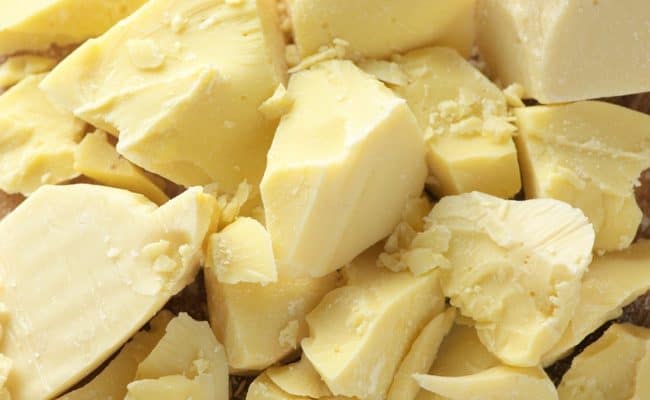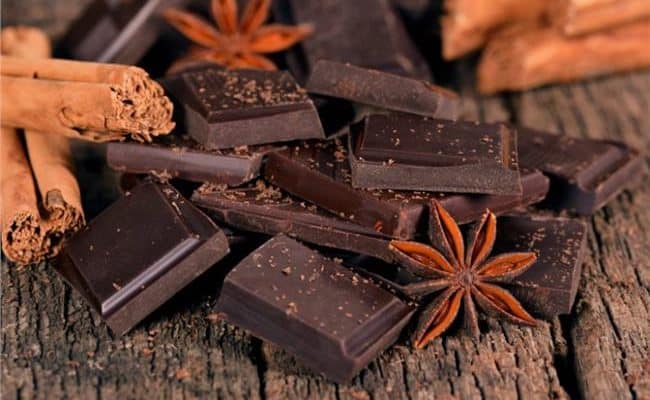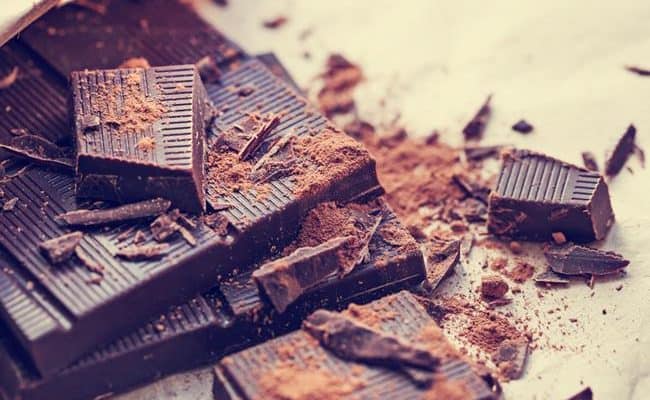
Cocoa and cacao look and sound similar, and some people do use the terms interchangeably. However, there are some differences between the two. They are both from the Theobroma cacao tree, and they both resemble what we would consider “chocolate” products.
Both cocoa and cacao may have some potential health benefits, but that doesn’t mean you can eat all the chocolate you want. Different types of chocolate will have more or less cacao/cocoa, and they can also vary in sugar and total calories.
What is cacao?
The term cacao can be used for different things depending on who you talk to. Cacao can be referred to simply as the pods, seeds or ground up seeds from the cacao tree. Cocoa can be referred to as simply the powder left after processing the beans and removing the cacao butter.
However, some may leave cacao for the seeds that are not heated and left in the raw state.
How is cocoa different than cacao?
Cocoa is made after the cacao seeds are harvested from the pods. Unlike cacao, cocoa products are made from the cacao seeds after they have been fermented, dried and heated. This process makes the chocolate flavor more robust.
How much time the beans are fermented, dried and heated depend on the type of cacao bean and what product it is being used for (1).
The cocoa is pressed to separate the cocoa butter and the remaining cocoa mass. The cocoa butter is used to make chocolate products, and the remaining cocoa mass can be pounded into cocoa powder. It can also be used to recombine with the cocoa butter to make chocolate products.
Cocoa powder can go an additional step called Dutch processing or alkalizing. This process adds an alkalizing solution which makes the cocoa powder less acidic (2).
Cacao powder has not been heat treated or alkalized. Cacao nibs are raw, crushed cacao beans. They are similar to chocolate chips but less processed, more bitter, crunchier and a high source of antioxidants and minerals.
Health benefits of cocoa and cacao
Research studies suggest both cacao and cocoa can have health benefits. Some health experts suggest cacao will have higher antioxidant and nutrient values because it is not heat treated, but most research studies do not differentiate between health benefits of cocoa or cacao. They are simply lumped together under “cocoa”.
A 2013 review (3) on cocoa and human health suggests cocoa provides flavonoids (antioxidants), theobromine and magnesium. Approximately 70 human studies have been done on cocoa and cocoa products and human health. These studies suggest cocoa can positively influence blood pressure and blood cholesterol levels.
Theobromine in cocoa has been shown to block adenosine receptors which can help regulate heart rate, relax muscles surrounding blood vessels and impact neural signaling in the central nervous system (4).
A 2016 study (5) looked at the mineral content of chocolate with different percentages of cocoa (60,70,80 and 90 %) and milk chocolate (milk chocolate does not have significant cocoa percent).
Researchers found dark chocolate (60% or greater of cocoa) are an excellent source of magnesium and iron. Chocolate with 90% cocoa is also a good source of minerals zinc and selenium. Mineral content in cocoa beans will vary depending on soil quality.
These and other studies suggest there are health benefits of cocoa/cacao. Consuming products with the purest or highest amount of cocoa/cacao will give you the greatest benefit.
For example, milk chocolate has little nutritional value compared to raw cacao nibs or dark chocolate.
Alkalized cocoa powder lower antioxidant value
Dutch processed (alkalized) cocoa is less acidic and can taste less bitter compared to other cocoa powders. Besides taste, it can also have a different nutrition profile compared to other cocoa or cacao powders.
A 2008 study found increased alkalization with cocoa powders lowered the flavonoid (antioxidant) content. Therefore, alkalized cocoa powders can have lower antioxidant levels compared to other less processed cocoa/cacao powders.
Which is better for you: cocoa or cacao?
Either option can provide health benefits and can be part of a balanced diet. Cacao products in general will have a more bitter flavor while cocoa products will have a stronger chocolate flavor and slightly sweeter.
Cacao products are considered less refined and not heat treated. Some suggest, although not clear in research, cacao may be higher in nutrients because it is not heat treated.
Experiment with both cocoa and cacao products to see what works best for you in terms of taste and in recipes for cooking. Cacao products are naturally less sweet, but over time your palate can grow accustomed to the less sweet flavor.
Conclusion: Difference between cocoa and cacao
Both cocoa and cacao come from the same tree, pods and seeds or the cacao tree. After harvesting, cacao products are not heat treated like cocoa products. Cocoa is made from fermented, dried and heated cacao seeds.
Cacao can have a stronger bitter taste and less sweet compared to cocoa.
Both cocoa and cacao can provide health benefits such as: source of minerals, provide antioxidants and may help play a role in blood pressure regulation. As with any plant, the soil quality and growing conditions can influence the nutritional value of cocoa/cacao products.
Be aware Dutch or alkalized cocoa powder has been shown to have lower antioxidant levels compared to other cocoa powders.










